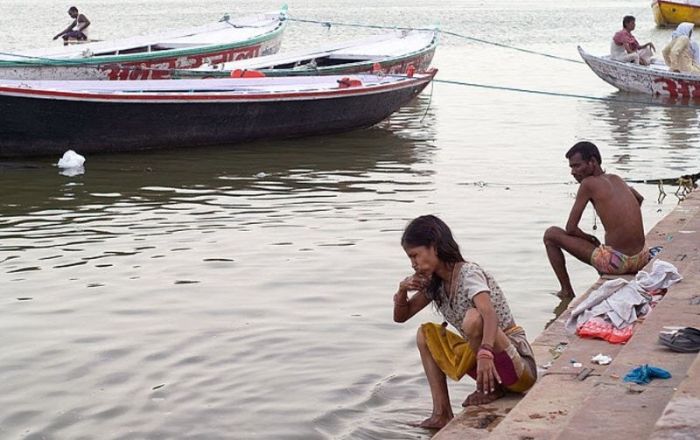|
|
Pollution Of The Ganges, Ganges River, India
|
The Ganga Action Plan or GAP was a program launched by Sarojini naidu in April 1986 in order to reduce the pollution load on the river. But the efforts to decrease the pollution level in the river became more after spending Rs 901.71 Crore Ganga Action Plan Therefore, this plan was withdrawn on 31 March 2000. The steering Committee of the National River Conservation Authority reviewed the progress of the GAP and necessary correction on the basis of lessons learned and experiences gained from the GAP phase; 2 schemes have been completed under this plan. A million litres of sewage is targeted to be intercepted, diverted and treated. Phase-II of the program was approved in stages from 1993 onwards, and included the following tributaries of the Ganges: Yamuna, Gomti, Damodar and Mahananda. As of 2011, it is currently under implementation.
Scientists and religious leaders have speculated on the causes of the river's apparent self-purification effect, in which water-borne bacteria such as dysentery and cholera are killed off thus preventing large-scale epidemics. Some studies have reported that the river retains more oxygen than is typical for comparable rivers; this could be a factor leading to fewer disease agents being present in the water.
• National River Ganga Basin Authority (NRGBA)
NRGBA was established by the Central Government of India, on 20 February 2009 under Section 3(3) of the Environment Protection Act, 1986. It also declared Ganges as the "National River" of India. The chair includes the Prime Minister of India and Chief ministers of states through which the Ganges flows.
|
|









